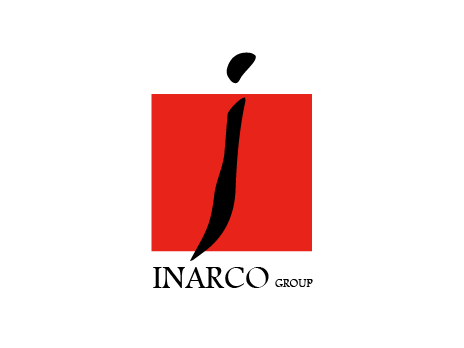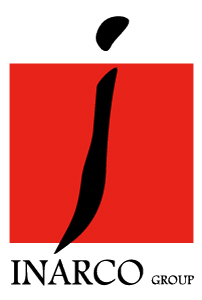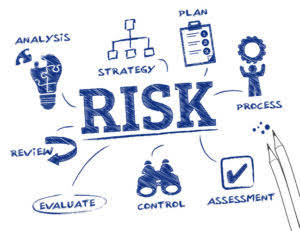
While current assets are often explicitly labeled as part of their own section on the balance sheet, noncurrent assets are usually just presented one by one. For example, if Company B has $800,000 in quick assets and current liabilities of $600,000, its quick ratio would be 1.33. Similar to the example shown above, if the cash ratio is 1 or more, the company can easily meet https://www.facebook.com/BooksTimeInc/ its current liabilities at any time. For instance, Company A has cash and cash equivalents of $1,000,000 and current liabilities of $600,000. Current assets are used to finance the day-to-day operations of a company. This includes salaries, inventory purchases, rent, and other operational expenses.
Current assets
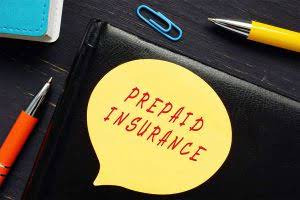
Cash is the most liquid asset of an entity and is therefore important for the short-term solvency of a company. The cash balance shown under current assets is the balance available for a business. This cash can be promptly used to meet a business’s day-to-day expenses and typically includes coins, currencies, funds on deposit in the bank, Cheques, and money orders. If current assets are those which can be converted to cash within one year, non-current assets are those which cannot be converted within one year.
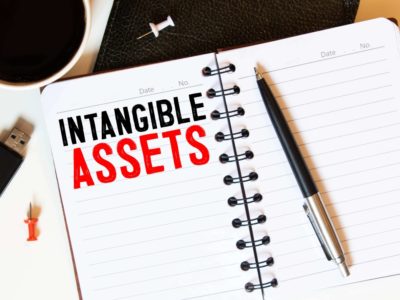
Current Assets: Definition, Types & Examples
- You can also use it to describe a journal entry where deposits are credited.
- Prepaid expenses—which represent advance payments made by a company for goods and services to be received in the future—are considered current assets.
- The ultimate goal of any business should be positive net income, meaning that the business is profitable.
- This includes cash itself, as well as investments, accounts receivable, and inventory.
- A business must be able to sell a product or service and collect cash fast enough to finance company operations.
- If a business buys raw materials and pays in cash, it will result in an increase in the company’s inventory (an asset) while reducing cash capital (another asset).
According to Apple’s balance sheet for fiscal year 2023, it had $143 million in the Current Assets account it could convert to cash within one year. This short-term liquidity is vital—if Apple were to experience issues paying its short-term obligations, it could liquidate these assets to help cover these debts. The quick ratio evaluates a company’s capacity to pay its short-term debt obligations through its most liquid or easily convertible assets. Current assets are typically liquid, meaning they can be quickly converted into cash. This includes cash itself, as well as investments, accounts receivable, and inventory. It’s important to understand the difference between short- and long-term assets.
How Do Investors Use Current Assets?
- Just looking at the numbers isn’t as meaningful as looking at the ways the numbers stack up against other numbers.
- The accounting equation is a concise expression of the complex, expanded, and multi-item display of a balance sheet.
- For example, a service-based industry like management consulting will not have any inventory as they don’t offer any products.
- For example, non-supervised mortgagees must possess a minimum of $200,000 of liquid assets at all times.
- Noncurrent assets, on the other hand, are more long-term assets that are not expected to be converted into cash within a year from the date on the balance sheet.
- On your balance sheet, these three components will show how your business is financially operating.
When the current ratio is less than 1, the company has more liabilities than assets. Should all of its current liabilities suddenly become due, the value of its current assets are any assets easily converted into cash within one calendar year would not be enough to cover the needed payments. The quick ratio can be interpreted as the cash value of liquid assets available for every dollar of current liabilities. The cash ratio is a more conservative and rigorous test of a company’s liquidity since it does not include other current assets. It provides an overview of the company’s assets, liabilities, and equity.
- It will contain the date of the transaction, the amount debited and credited, a reference number, and a description of the transaction.
- Quick ratio, which compares only cash and receivables to current liabilities.
- Understanding the different types of current assets and how to calculate them is essential for any business owner or manager.
- These may also include assets that are not intended for sale, such as office supplies.
- By their nature, the benefits of long-term assets aren’t generally recognized within the next 12 months.
- Metro Corporation earned a total of $10,000 in service revenue from clients who will pay in 30 days.
The Federal Deposit Insurance Corporation (FDIC) stipulates the level of unencumbered liquid assets lending institutions must have on hand. It may also take an unforeseeably long amount of time to collect payment from a delinquent client. When considering liquid assets, be aware that a company may https://www.bookstime.com/ not collect all of its accounts receivable balance.
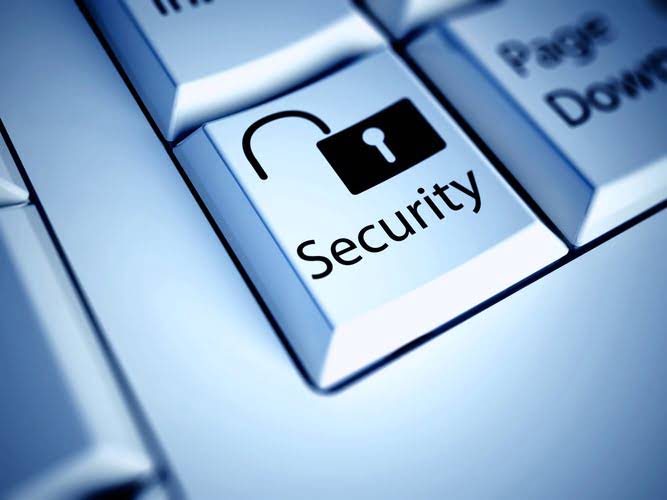
Business assets are listed on the balance sheet of the business, on the left side. Either the owner owns the assets, or they are “owned” by a lender, a bank, or someone else. However, there is an element of risk attached to accounts receivable.
